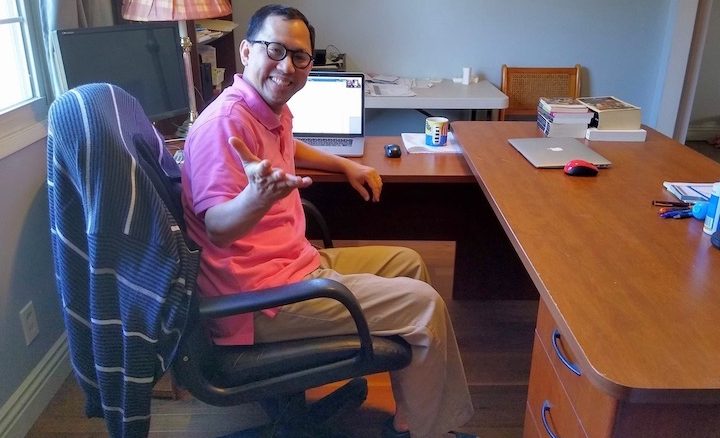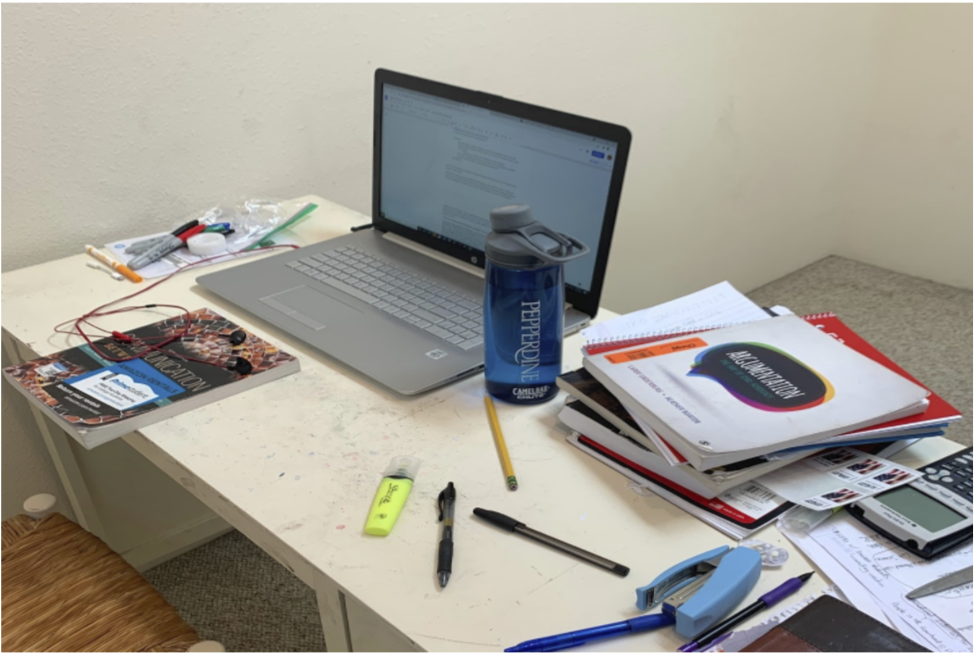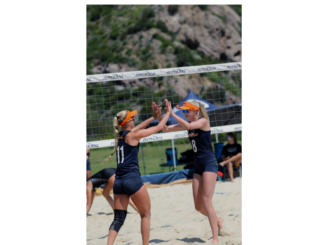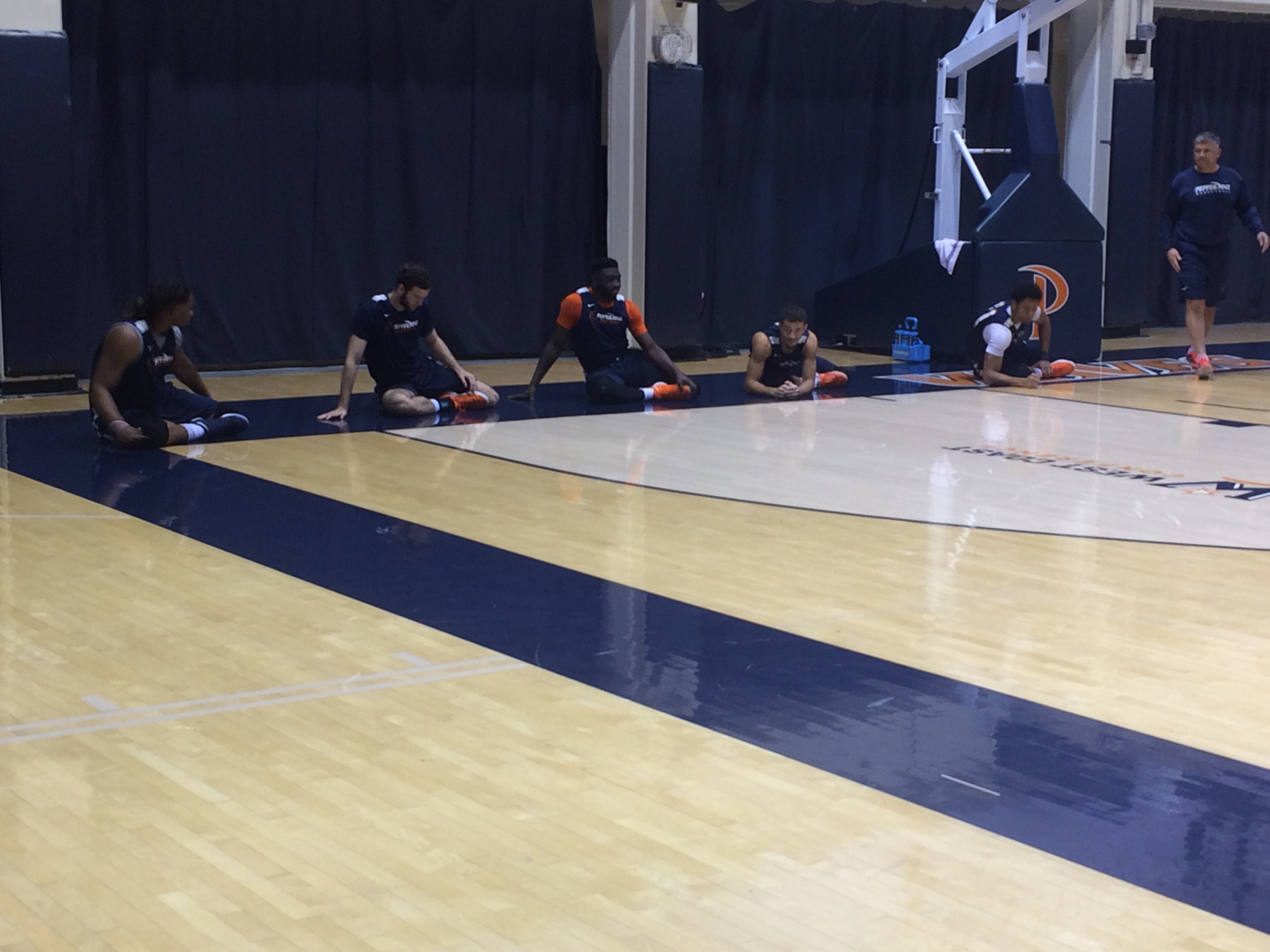
Since remote learning began, Pepperdine professors and students have seen grades, work ethic and workload impacted in unique ways.
A Pepp Post poll of 79 students found that about 73% saw their workload increase and over 87% saw their distractions increase in virtual learning, with a varied impact on their grades. However, at a time when many are struggling, students said their professors have given more grace and consideration in the grading process. Many professors also replaced exams with written assignments or projects, while others allowed notes to be used.
“The pandemic really brought home in a more powerful way for me … how important it is to infuse our pedagogy, our teaching and our grading with humaneness,” said Christopher Heard, professor of religion and director of the Center for Teaching Excellence. “With a trust for students, with esteem for students’ humanity, [comes] the recognition that where my class intersects with a student’s life is really, a really small sliver of the student’s life.”
Professors and students alike said the pandemic will have lasting effects on the way they work. With motivation low and distractions high, students are discovering hidden gems of being in classrooms, while athletes are seeing benefits of remote learning in their daily lives.
Poll shows that students are academically and personally affected by virtual learning
The Pepp Post poll found that compared to in-person classes, about 46% reported their grades are the same, almost 33% said they are worse and nearly 22% said they are better.
The majority of students said they are more distracted.
Most students reported they had seen an increase in workload for their courses, with roughly half indicating it was an hour or more per class.
Of the 57 students who reported an increase in work, roughly 69% said they have more reading and writing assignments. Of the 15 students who reported a decrease in work, over 73% said it was due to fewer tests and quizzes.
The reporting students skewed slightly more female, at 65%.
Remote learning has affected student grades and motivation
All students agreed that they have seen a shift in the way they learn online.
Devyn Gilfoy, a senior media production major on the women’s soccer team, said some of her grades are lower compared to last year because her hands-on learning style cannot be satisfied remotely.
“Being able to reach out to professors and get that one-on-one time has been harder,” Gilfoy said. “So I definitely have seen a change in my grades and also a change in my motivation for obtaining grades.”
Elle Moreland, a junior integrated marketing communication major, said her grades are the same since going online, but sustaining them requires more time and effort.
“Yourself is the biggest distraction,” Moreland said. “I feel like being in a community and in a classroom, that kind of creates accountability to stay on task.”
Ben Weinberg, a junior business administration major on the men’s volleyball team, said some of his grades are worse this year because staying engaged and off his phone during class is hard.
Andrea Harris, senior director of Student Administrative Services, said there has been a similar average GPA and number of students on academic probation compared to a normal year, but three that would have been let go pre-pandemic were allowed to stay.
Heard said Pepperdine students are not the only ones struggling to maintain grades.
“We do have statistical data from high schools and middle schools, and we know that grades have on average across the nation fallen — and sometimes fallen pretty dramatically after this shift to remote learning,” Heard said.
Many failing grades can be attributed to leniency in what counts and for how much, giving students less motivation to do well, Phyllis Jordan wrote in a Feb. 22 FutureEd article.
Students notice changes in workload, work quality and participation
Transitioning to online classes that were meant to be in-person was stressful for students.
Moreland said that overall, she has much more reading, writing and busywork than usual.
She said some professors decided to cut down homework and exams, but did little to change the format of the class, causing her to have to work harder.
“If the organization wasn’t there it doesn’t matter if it’s less work, it feels like more work,” Moreland said.
Emily Sample, a senior psychology major on the women’s soccer team, said she appreciates open-note tests, but because most exams are now longer and timed, a substantial amount of studying is still required to get good grades.
Wes Ruby, a junior applied instrumental performance major, said work for asynchronous classes takes him longer than in-person classes because he needs to go back to the recording several times.
Weinberg said students do not feel energized over Zoom.
“I’m not as motivated to participate in class especially when it feels like everyone else is feeling the same way,” Weinberg said.
Ruby said he pays closer attention to the quality of his notes now, knowing they will help him on exams.
Gilfoy has had a different experience.
“I have taken the least amount of notes in my life since the pandemic started,” Gilfoy said.
Junior communication major Jackson Werner said his workload has not changed, but Zoom has discouraged him from connecting with professors.
He also said without people to study with and on-campus activities, it is harder to be proactive on assignments.
Professors adjust classwork and grading strategies
Professors said they recognize students are struggling during the pandemic.
“With emergency teaching, there was a lot of grace and leniency for both the students and the professors that didn’t exist before,” Psychology Professor Janet Trammell said.
Trammell said her class grades were about the same in Fall 2020 as pre-pandemic, but exams are now mostly open-note, which could result in grade inflation.
Communication Professor Daniel Overton said he has had at least one student in each class disclose that remote learning is especially challenging.
“What I’ve tried to do to accommodate the new environment is to make it so the tests have a lot less, or at least some less, memorization kind of questions,” Overton said.
Heard had been steering away from traditional testing since 2019, which he said has served him well and been a model for other professors during remote teaching.
“The pandemic I think has opened some faculty eyes,” Heard said. “And I don’t just mean at Seaver, I mean across the nation, has opened our eyes to how rigid some of our practices have been and how much more flexible and adaptable, we need to really, really be without forcing students to disclose to us all the things that might be distracting them or that might be burdensome in their own lives.”
Sample has seen professors adjust classes to optimize engagement and learning.
“A lot of professors that I’ve had are really willing to listen to our feedback,” Sample said. “And they actually take it into consideration and have changed the class in certain ways or … figured out a system that works best for students and them.”
When Great Books Professor Tuan Hoang saw student hesitancy with office hours, he reached out to them personally, even offering meetings on weekends, which led to a spike in appointments and grades.
“In respect to office hours, Zoom has been I think even better than in-person,” Hoang said.
Athletes see benefits and disadvantages of remote learning
Weinberg and Gilfoy said pre-recorded classes have been valuable to them as athletes with busy schedules.
“With asynchronous learning, being able to kind of push off certain classes and lessons and stuff like that to a time when it’s more convenient for myself, personally, has allowed me to focus a lot more on soccer,” Gilfoy said.
Sample said some teammates attend class while traveling, and others watch later.
“Even though we miss the lecture, we don’t really miss what’s being said in class because of that recording,” Sample said.

The desk where junior communication major Jackson Werner spends most of his days studying and taking all his virtual classes from Oregon (Photo courtesy of Jackson Werner).
The desk where junior communication major Jackson Werner spends most of his days studying and taking all his virtual classes from Oregon (Photo courtesy of Jackson Werner).
She said living on campus but taking class virtually and not being able to interact with anyone outside of practice is a downside.
Unique obstacles of being at home
Family-life and Zoom fatigue are universal struggles among students.
Hoang said students who live away from home are noticeably less distracted and able to participate in class more than those living with family.
Harris also said many students have struggles at home that always exist, but that they do not deal with while on campus.
Other students have unique circumstances particular to the pandemic, resulting in them having to work or take care of siblings.
“People who excelled don’t have a problem with their means,” Harris said. “They have solid technology that is reliable and they don’t mind people seeing inside their home.”
Gilfoy said she cannot get the same help at home that she had access to on campus.
“Because we’re not on-campus, we don’t have the resources that maybe the library would offer us or having in-person tutors would offer us,” Gilfoy said.
Finding positives in the restructured classes and grading systems
Many students have developed new habits and skills due to remote learning.
Moreland said her writing skills are better since being online because writing exercises now replace interactive activities and count toward participation.
Ruby, whose grades improved during remote learning, has used office hours more and said he will continue meeting with professors after returning to campus. He also enjoys watching recorded lectures at his own pace.
“I think it’s made the learning experience, at least for me, a little bit more individual,” Ruby said.
Sample said she appreciates open-note tests because she has to rely on her knowledge of the subject to do well.
“Professors are really willing to work with you and want to see you succeed,” Sample said.
Liza Esquibias completed the reporting for this story under the supervision of Dr. Christina Littlefield and Dr. Theresa de los Santos in Jour 241 in Spring 2021. Dr. Littlefield supervised the web story.



